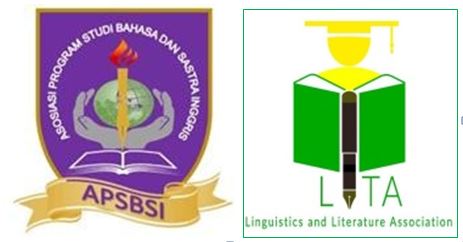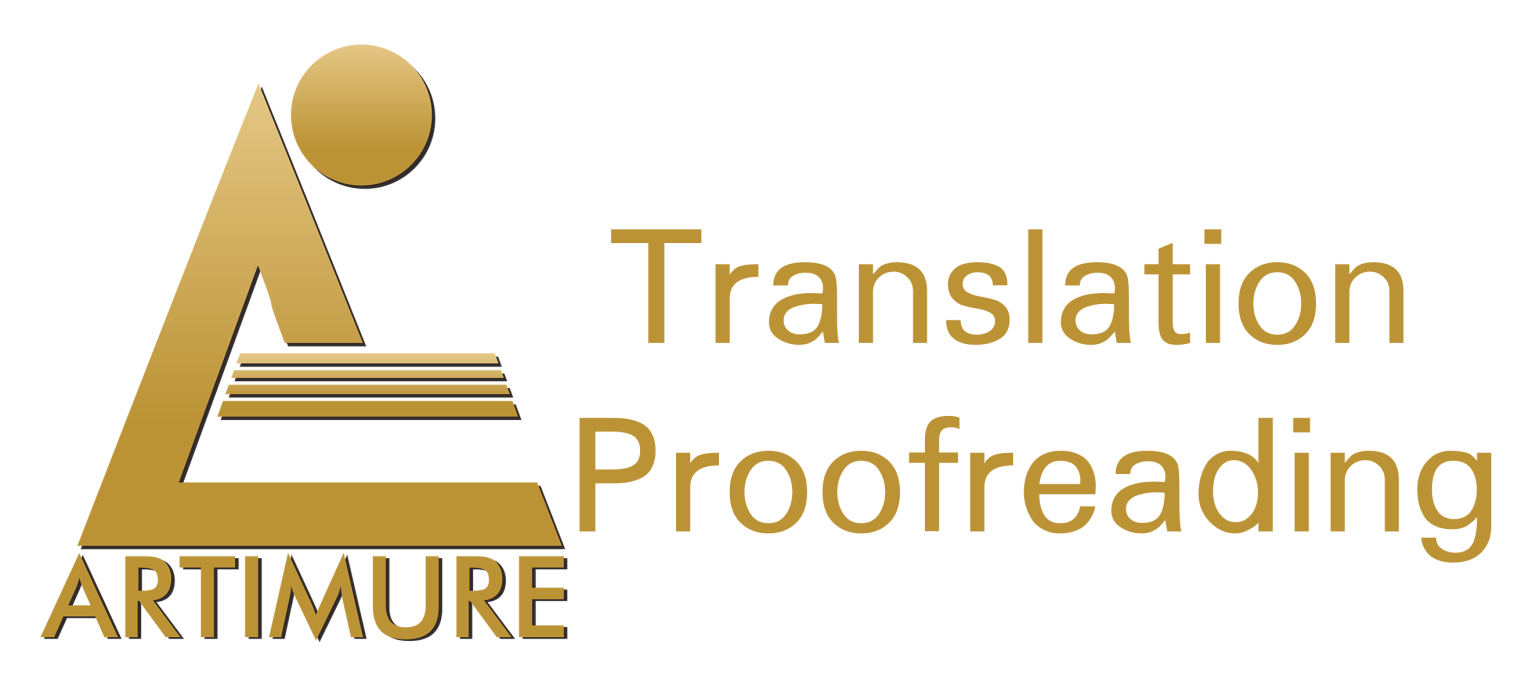The Updating Status in Facebook: The Interference of English among Users in Academic Context
DOI:
https://doi.org/10.31849/utamax.v2i2.4039Keywords:
Interference, Facebook, Semantic and Grammatical InterferenceAbstract
This study investigates the interference of English use made by Facebook users in writing status on their account. The researchers formulated two research questions: 1) what types of interferences are found on Facebook status; 2) what factors cause interference on Facebook status. The purpose of this study is to find out the interferences and the factors that cause the interference. This research uses descriptive qualitative method. The descriptive qualitative was used to elaborate, describe and disclose kinds of interference and also the factors of interference that Facebook users produced in updating status. The research showed that the way of the Facebook users in transferring their source language to target language tends to be negative transfer or it is called as language interference. The negative transfers made by Facebook users are semantic and grammatical interference. While, the factors that cause the interference are bilingualism background, disloyalty target language, limited vocabularies of TL mastered by a learner, prestige and style, interlingual factor, overextension of analogy, and transfer of structure.
References
Brown, H. D. (2000). Principles of Language Learning and Teaching. New York: Longman.
Crystal, D. (2013). Clinical Linguistics. New York: Springer-Verlag Wien.
Dyakov, A. (2008). Types of Language Interference and Principles of Their Classification. retrieved from: http://www.goecities.com/dykov_andry/dissertation/chapter_1.html
Hamuddin, B., Syahdan, S., Rahman, F., Rianita, D., & Derin, T. (2019). Do They Truly Intend to Harm Their Friends?: The Motives Beyond Cyberbullying among University Students. International Journal of Cyber Behavior, Psychology, and Learning (IJCBPL), 9(4), 32-44.
Hartman, R. R. K., & Strock, F. C. (1973). Dictionary of Language and Linguistics. London: Prentice Hall International. (UK), Ltd.
Holmes, J. (2001). An Introduction to Sociolinguistic (2 ed.). London: Pearson Education ESL.
Indra, I., & Hamzah, H. (2018). An Analysis of Language Style of Teenagers Found In Facebook Status. E-Journal English Language and Literature, 7(1), 98-105.
Nurmawati, N., Atmowardoyo, H., & Weda, S. (2019). An Analysis of Positive Politeness Strategies to Promote Effective Interaction in The Classroom. ELS Journal on Interdisciplinary Studies in Humanities, 2(2), 171-181.
Owu-Ewie, C., & Lomotey, C. F. (2016). L1 interference errors in L2 writing: the case of three junior high school students in Ghana. 1.Retrieved from http://www.ASRAresearch.org/ajll-vol-1-no-1-2016/
Rahman, F. (2017). Cyber literature: A reader–writer interactivity. International Journal of Social Sciences & Educational Studies, 3(4), 156-164
Richard, J. (1985). Longman Dictionary Applied Linguistics. Hongkong: Longman Group Ltd.
Sapitri, P. A., Chasanah, A., Putri, A. A., & Paulima, J. (2019). Exploring Brown and Levinson's Politeness Strategies: An Explanation on the Nature of the Politeness Phenomenon. REiLA: Journal of Research and Innovation in Language, 1(3), 111-117.
Wardhaugh, R. (2011). An Introduction to Sociolinguistics (6 ed.). New York Blackwell Publishing.
Wardhaugh, R., & Fuller, J. M. (2015). An Introduction to Sociolinguistics (7 ed.). New York: Blackwell Publishing.
Weinreich, U. (1970). Language in Contact Findings and Problem. Hague: Mouton.










